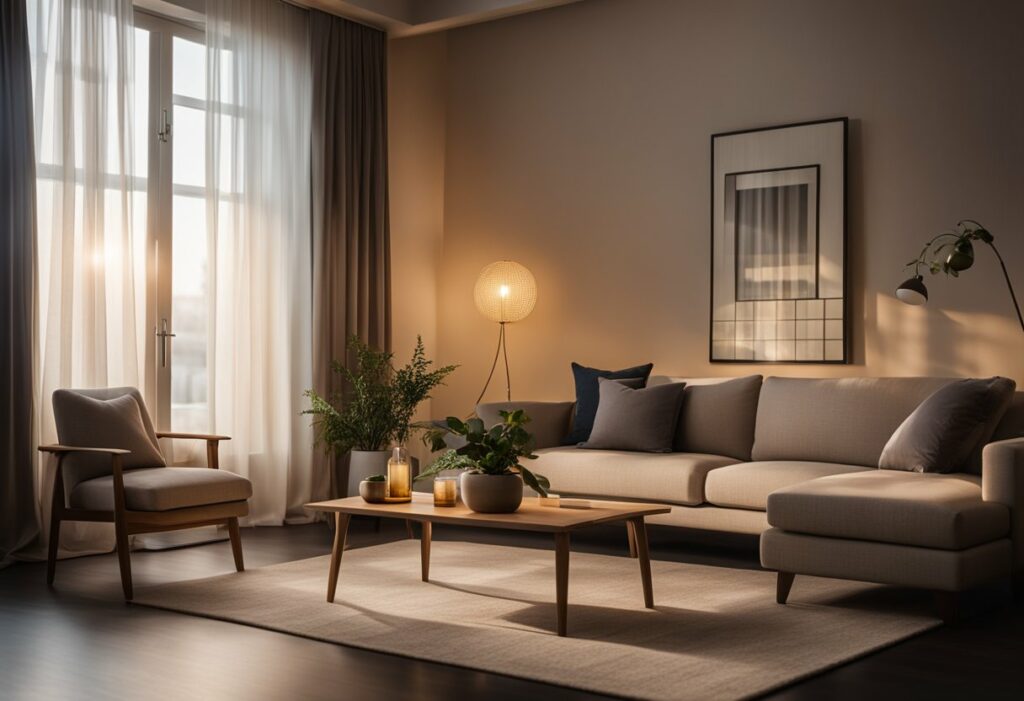Diffused Lighting Interior Design: Creating a Warm and Inviting Atmosphere
If you’re looking for a way to create a warm and inviting atmosphere in your home, diffused lighting may be the perfect solution for you. This type of lighting is designed to create a soft, gentle glow that fills the room without harsh shadows or bright spots. It’s a popular choice for interior designers who want to create a cozy and relaxing environment that’s perfect for entertaining, reading, or simply unwinding after a long day.
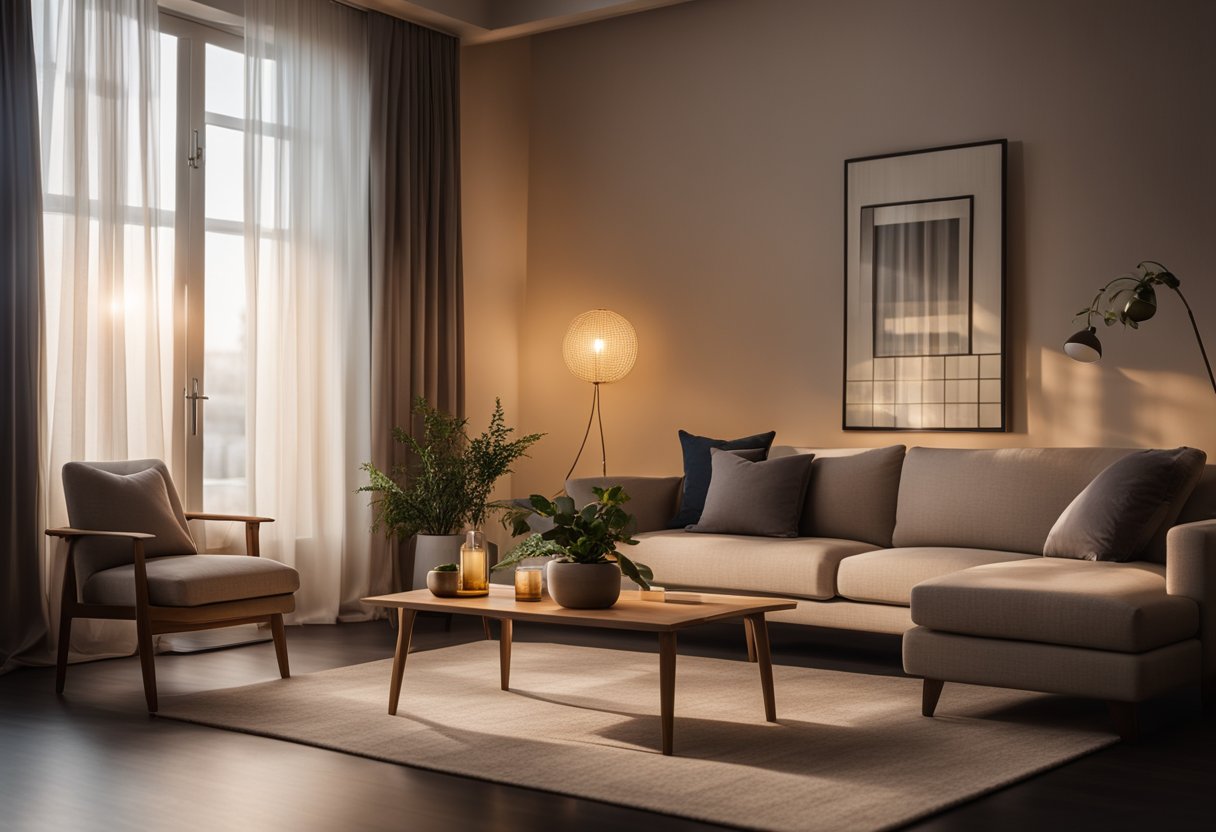
Fundamentals of Diffused Lighting in Interior Design Diffused lighting is created by using a combination of light sources, reflectors, and diffusers to create a soft, even glow that fills the room. The key to effective diffused lighting is to use a variety of light sources at different levels to create a layered effect. This can be achieved by using a combination of overhead lighting, table lamps, floor lamps, and wall sconces to create a warm and inviting environment that’s perfect for any occasion.
Designing with Diffused Light When designing with diffused light, it’s important to consider the overall mood and tone of the room. Soft, warm tones are ideal for creating a cozy and inviting atmosphere, while bright, cool tones are perfect for creating a more energetic and lively environment. You should also consider the size and layout of the room, as well as the placement of furniture and other decorative elements, to ensure that the lighting is evenly distributed and creates a harmonious balance throughout the space.
Key Takeaways
- Diffused lighting is a popular choice for interior designers who want to create a warm and inviting atmosphere in their clients’ homes.
- Effective diffused lighting requires a combination of light sources, reflectors, and diffusers to create a soft, even glow that fills the room.
- When designing with diffused light, it’s important to consider the overall mood and tone of the room, as well as the size and layout of the space, to create a harmonious balance throughout the room.
Fundamentals of Diffused Lighting in Interior Design
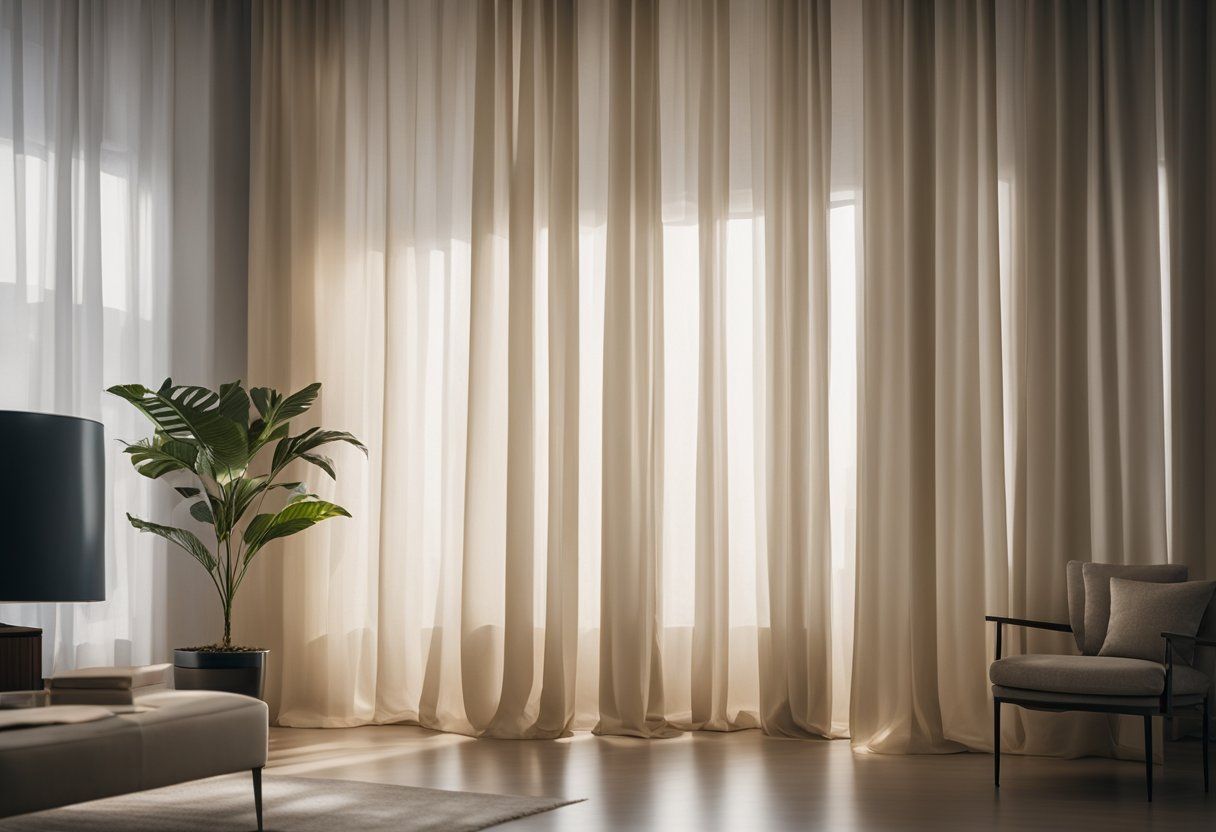
If you are looking to create a warm and inviting atmosphere in your home, diffused lighting is an excellent choice for your interior design. This type of lighting creates a soft, even illumination that eliminates harsh shadows and glare, making it perfect for creating a calm and relaxing mood. In this section, we will explore the fundamentals of diffused lighting in interior design, including understanding diffused light, the importance of lighting in interior spaces, and types of light sources and fixtures.
Understanding Diffused Light
Diffused light is light that is scattered in many directions, creating a soft and even illumination that is free of harsh shadows and glare. This type of light is often used in interior design to create a warm and inviting atmosphere, as it eliminates the harsh contrasts of direct light and creates a more natural-looking illumination.
Importance of Lighting in Interior Spaces
Lighting is an essential aspect of interior design, as it can significantly impact the mood and functionality of a space. Proper lighting can make a room feel more spacious and inviting, while poor lighting can make a space feel cramped and uncomfortable. In addition, lighting can be used to highlight specific areas of a room, such as artwork or architectural features, adding depth and interest to the space.
Types of Light Sources and Fixtures
There are several types of light sources and fixtures that can be used to create diffused lighting in interior spaces. Some popular options include dimmable LED lights, which are energy-efficient and can be adjusted to create the perfect mood. Luminaires, such as lampshades and wall sconces, are also great options for diffused lighting, as they disperse light broadly for a softly lit, wider area. When choosing fixtures, it is essential to consider the size and layout of the space, as well as the overall design aesthetic.
In summary, diffused lighting is an excellent choice for creating a warm and inviting atmosphere in your home. By understanding the fundamentals of diffused lighting, including the importance of lighting in interior spaces and the types of light sources and fixtures available, you can create a beautiful and functional space that is both comfortable and stylish.
Designing with Diffused Light
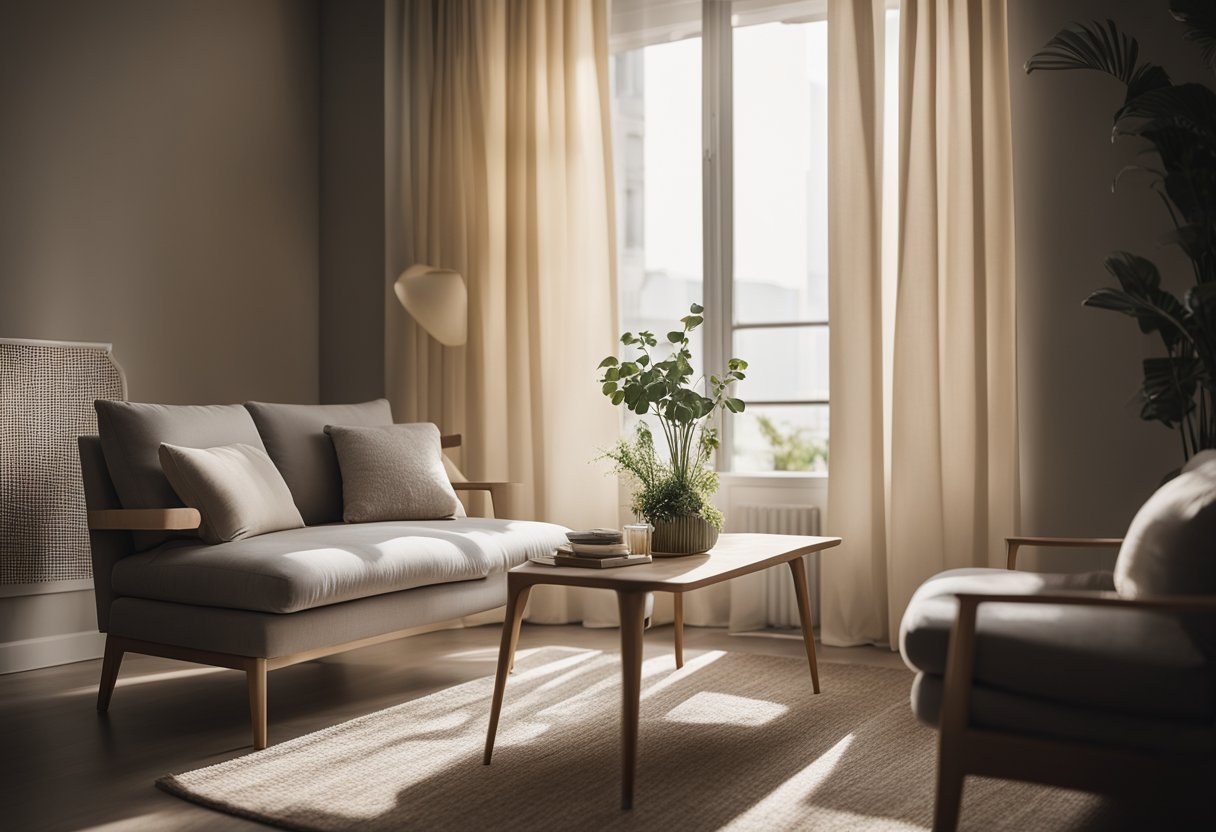
Diffused lighting is a popular lighting technique used in interior design to create a soft and comfortable atmosphere. By scattering light through a diffuser or reflective surface, harsh shadows are eliminated, and the light is spread evenly throughout the room. This lighting technique is ideal for creating the perfect ambiance in any space, whether it be a living room, bedroom, kitchen, or bathroom.
Creating Ambiance with Diffused Light
Diffused lighting is a great way to create a warm and inviting atmosphere in any room. By using this technique, you can create a diffused glow that fills the space with a soft and comfortable light. This is particularly important in spaces where you want to promote relaxation and well-being, such as a bedroom or a living room.
Diffused Lighting Techniques and Applications
There are many different techniques and applications of diffused lighting that can be used in interior design. Some of the most popular include cove lighting, LED strips, pendant lights, table lamps, and floor lamps. Each of these techniques has its own unique advantages and can be used to create a different look and feel in a space.
Selecting Furniture and Decor for Diffused Lighting
When designing a space with diffused lighting, it’s important to select furniture and decor that complements the lighting. Minimalist furniture with clean lines and simple shapes works well with diffused lighting, as it helps to create a sense of unity and visual interest. Architectural details and structural elements can also be highlighted with diffused lighting, adding elegance and sophistication to the space.
Incorporating mirrors into the design can also help to bounce light around the room, creating a sense of spaciousness and visual interest. When selecting decor, it’s important to choose items that complement the aesthetics of the space and work well with the diffused lighting. Artwork, for example, can be highlighted with diffused lighting, creating a stunning visual display.
Overall, diffused lighting is a versatile and multifunctional lighting technique that can be used in a variety of commercial and residential settings. Whether you’re designing a hotel lobby, art gallery, or your own home, diffused lighting can help to create a warm and inviting atmosphere that promotes happiness and well-being.
Frequently Asked Questions
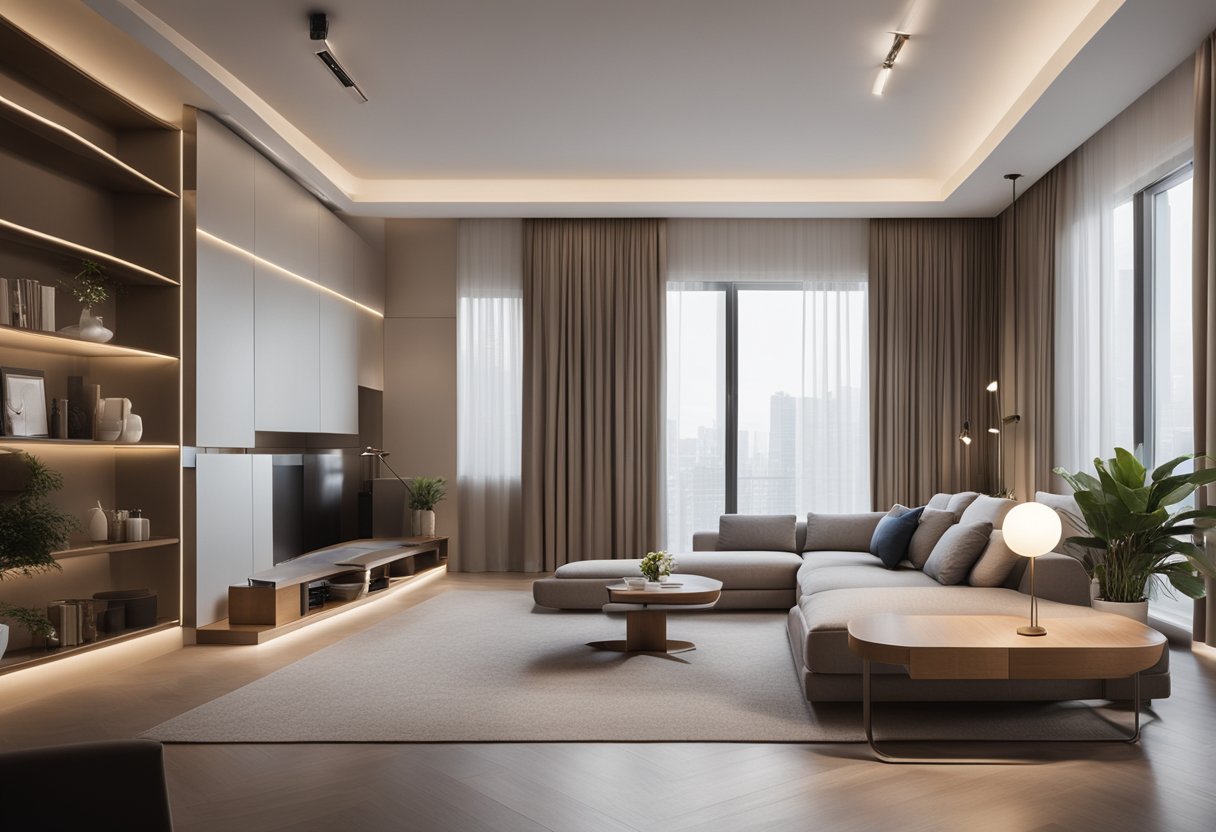
How can you create an inviting ambience with diffused lighting in modern interiors?
Diffused lighting can create a warm and inviting atmosphere in modern interiors. To achieve this effect, you can use soft light sources like lamps and wall sconces, which can be positioned to create a cosy and intimate feel. You can also use dimmer switches to adjust the brightness of the lights to suit your mood.
What are the top diffused lighting solutions for smaller spaces?
When it comes to smaller spaces, diffused lighting can help to create the illusion of more space. One of the best solutions is to use recessed lighting, which can be installed in the ceiling to create a soft, even glow throughout the room. Another option is to use wall lights, which can be mounted on the wall to create a warm and inviting atmosphere.
Could you share some innovative ideas for integrating diffused lighting into home design?
There are many innovative ways to integrate diffused lighting into home design. For example, you can use LED strips to create a soft, diffused glow around the edges of a room. You can also use pendant lights to create a focal point in a room, or use floor lamps to create a warm and inviting atmosphere.
What are the defining features of diffuse lighting that enhance a room’s aesthetic?
Diffused lighting can enhance a room’s aesthetic in many ways. It can create a warm and inviting atmosphere, highlight architectural features, and add depth and dimension to a space. Diffused lighting can also be used to create a sense of drama and intrigue, or to highlight artwork and other decorative elements.
In what ways can diffused lighting fixtures transform the feel of a living space?
Diffused lighting fixtures can transform the feel of a living space in many ways. They can create a warm and inviting atmosphere, highlight architectural features, and add depth and dimension to a space. Diffused lighting fixtures can also be used to create a sense of drama and intrigue, or to highlight artwork and other decorative elements.
What techniques are recommended for effectively diffusing light in various areas of a home?
There are many techniques that can be used to effectively diffuse light in various areas of a home. For example, you can use lampshades to soften the light and create a warm and inviting atmosphere. You can also use sheer curtains to diffuse natural light and create a soft, even glow throughout the room. Additionally, you can use dimmer switches to adjust the brightness of the lights to suit your mood.

